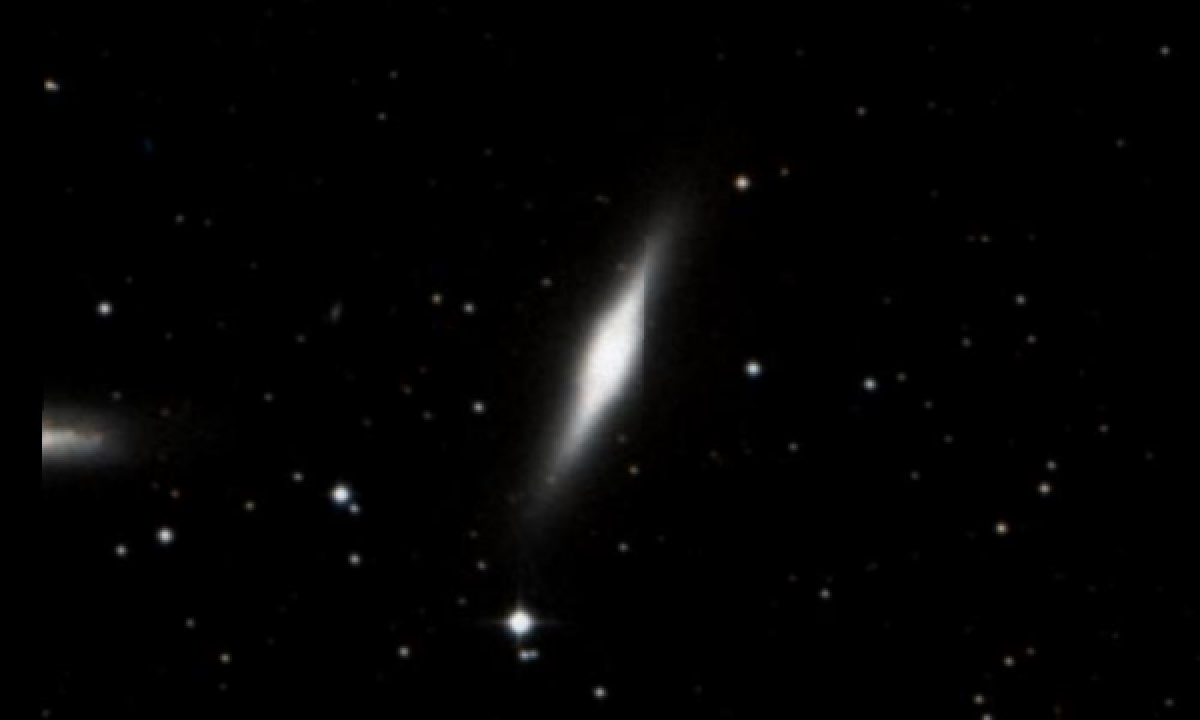The New General Catalogue of Nebulae and Clusters of Stars (abbreviated as NGC) is a catalogue of deep-sky objects compiled by John Louis Emil Dreyer in 1888. The NGC contains 7,840 objects, known as the NGC objects. It is one of the largest comprehensive catalogues, as it includes all types of deep space objects, including galaxies, star clusters, emission nebulae and absorption nebulae.
Know more about NGC
NGC 7332

NGC 7332 is an edge-on peculiar lenticular galaxy located about 67 million light-years away in the constellation Pegasus. It possesses a (peanut shell)-shaped bulge, associated with stellar bar. It was discovered on September 19, 1784 by the astronomer William Herschel. NGC 7332 and NGC 7339 form a dynamically isolated binary system (number 570 in the catalog of double galaxies compiled by Igor Karachentsev), and are likely orbiting each other. NGC 7332 is the brighter of the two galaxies. In the sky NGC 7339 lies 5' away from NGC 7332. NGC 7332 is an unusually blue object with a corrected apparent B-magnitude of 11.5. A 130mm to 200mm telescope will be needed to visually detect this pair of galaxies. The two galaxies will appear at almost a right angle to one another.
More Images:

Sources:
Wikipedia Page: NGC 7332
NGC 7332 at In-The-Sky website
